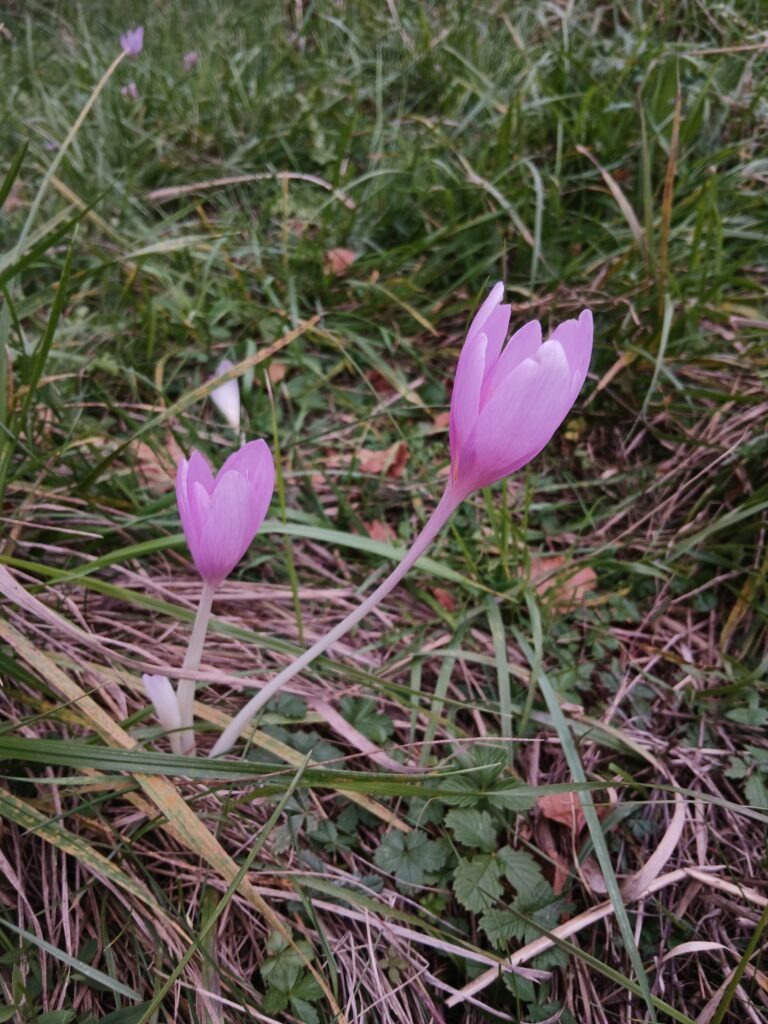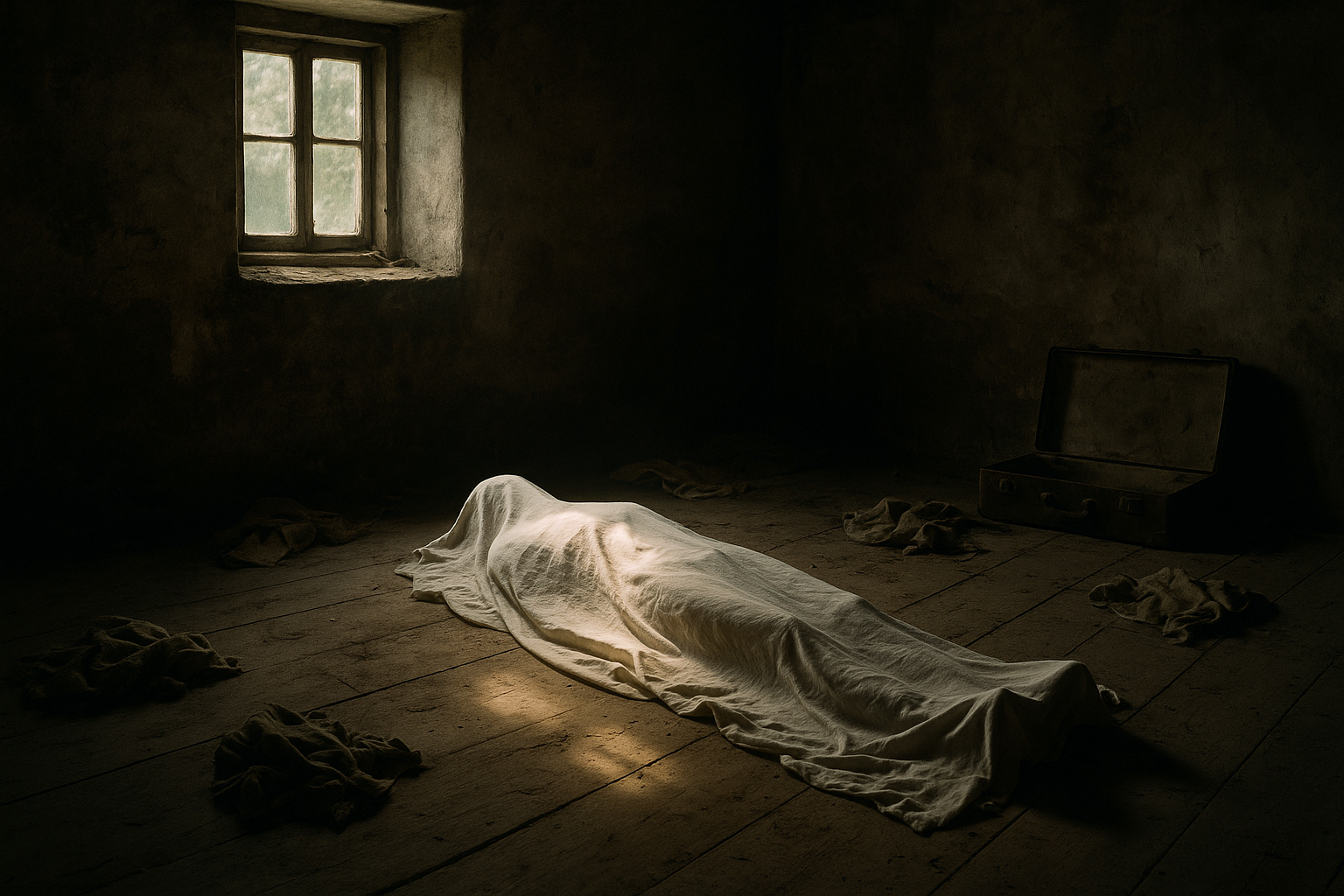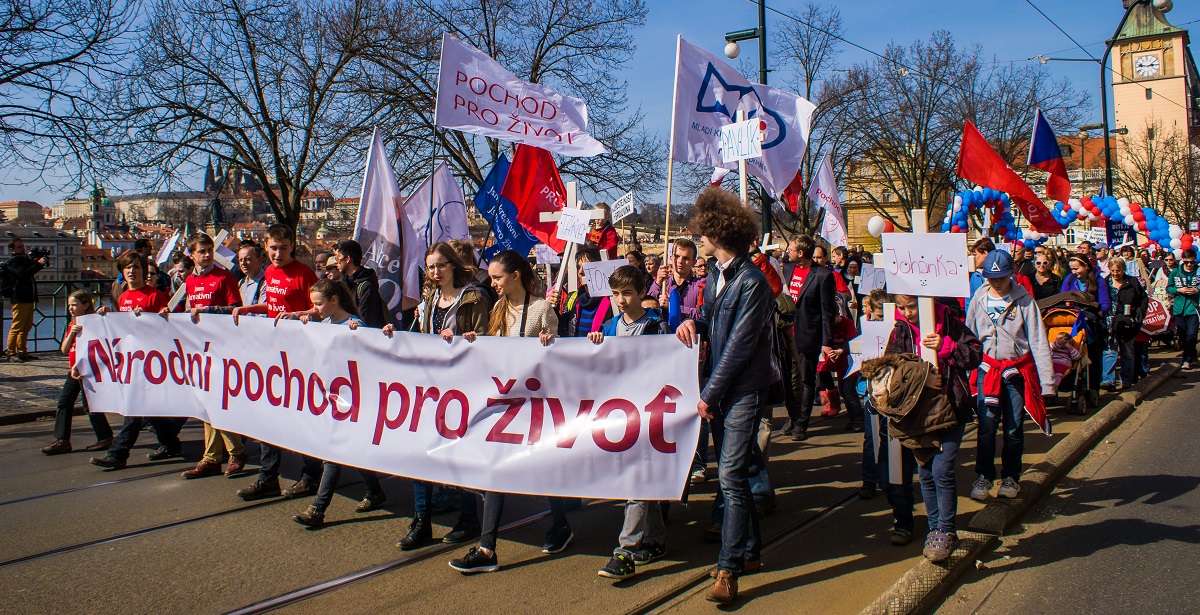In the landscape of modern European democracies, capital punishment is largely a relic of a bygone era. The Czech Republic abolished the death penalty in 1990, a landmark decision symbolizing a definitive break from its totalitarian past. And yet, more than three decades later, a stubborn paradox remains: a majority of Czech citizens would welcome its return. A recent survey reveals a society deeply divided on this ultimate question of justice, providing a fascinating glimpse into the tensions between emotion, reason, and public policy.
The Numbers and the History
This July, the Public Opinion Research Centre (CVVM) of the Czech Academy of Sciences released its latest findings on public attitudes towards the death penalty. The results are sobering: 52% of Czechs believe capital punishment should exist, while 45% disagree. The remaining 3% are undecided.
This isn’t just a fleeting sentiment. While support has fluctuated over the years, it has consistently remained high. The context is vital: the death penalty was abolished by the new democratic government shortly after the 1989 Velvet Revolution, under the strong moral leadership of dissident-turned-president Václav Havel. It was seen as a definitive break from a totalitarian past where the state held the power of life and death, often for political ends. The fact that half the nation still yearns for this power to be restored is a phenomenon that demands a skeptical look.
A Generational and Educational Divide
Digging into the demographics reveals not one, but two distinct Czechias. The most dramatic divides are found not between men and women, but across generations and educational backgrounds.
- Age: Three-quarters (75%) of Czechs aged 51-70 support the death penalty. In stark contrast, support among the young (15-30) plummets to just 25%.
- Education: 61% of those with a basic education are in favour. This number drops to 50% for those with a secondary education, and to a minority of 38% among university graduates.
This data paints a clear picture. Support for capital punishment is strongest among those who came of age when it was still law, and weakest among those who have only known a system without it. Furthermore, higher education strongly correlates with opposition to the death penalty. This suggests that greater exposure to fields like law, ethics, and social sciences—disciplines that encourage nuanced critical thinking—may lead individuals to question the simple finality that capital punishment promises.
The Arguments for ‘Final Justice’
What fuels this majority support? The survey asked respondents to rate various arguments. For proponents, the primary driver is not pragmatic but emotional.
The most popular reason, with 66% agreement, is that the death penalty “provides just retribution for victims and their families.” This is a powerful appeal to our intuitive sense of fairness, a gut feeling that a terrible wrong must be balanced by an equally final punishment. It’s an argument rooted in emotion, not evidence—a textbook example of the logical fallacy argumentum ad passiones (appeal to emotion).
Following closely are arguments that frame criminals as a burden: that they “unnecessarily occupy space in prisons” and that “the state must feed them from our taxes” (65% agreement). This taps into economic anxieties and populist rhetoric, portraying justice as a matter of resource management rather than principle.
The idea that capital punishment is an effective deterrent is, tellingly, a less compelling reason for its supporters. This is where skeptical analysis is crucial. Global data, including reports from organisations like Amnesty International, consistently shows no conclusive evidence that the death penalty deters violent crime more effectively than life imprisonment.
The Rational Counterarguments
Opponents, on the other hand, base their position on more rational and cautious grounds. Their number one concern, supported by a massive 81% of the public (including many who otherwise favour the death penalty), is the “risk of a miscarriage of justice and the conviction of an innocent person.”
This is the ultimate skeptical veto. It acknowledges a fundamental truth: human systems are fallible. Police investigations can be flawed, witnesses can be mistaken, and evidence can be misinterpreted. While a prison sentence can be overturned and an exonerated person released, an execution is irreversible.
The second-strongest argument against is the “risk of abuse” (72% agreement), a fear that resonates deeply in a country with a living memory of political show trials.
The Head vs. the Heart
The enduring Czech support for the death penalty is a clear case of the heart clashing with the head. It is not driven by evidence of its utility as a deterrent, but by a powerful, intuitive, and deeply human desire for retribution—a feeling that for some crimes, no other punishment feels “just enough.”
However, a modern, liberal, and evidence-based justice system cannot be built on gut feelings alone. It must be built on principles that acknowledge human fallibility and prioritise the prevention of irreversible error above the satisfaction of our emotional desire for vengeance. The survey shows that while the allure of an “eye for an eye” remains strong, the rational fear of executing an innocent person is nearly universal. It is in that gap—between the emotional appeal of final justice and the rational understanding of its terrible risks—that the argument for a humane and cautious legal system must be made. The question for the Czech Republic is whether the lessons of its own history are strong enough to keep the head in charge of the heart.
Sources:



















